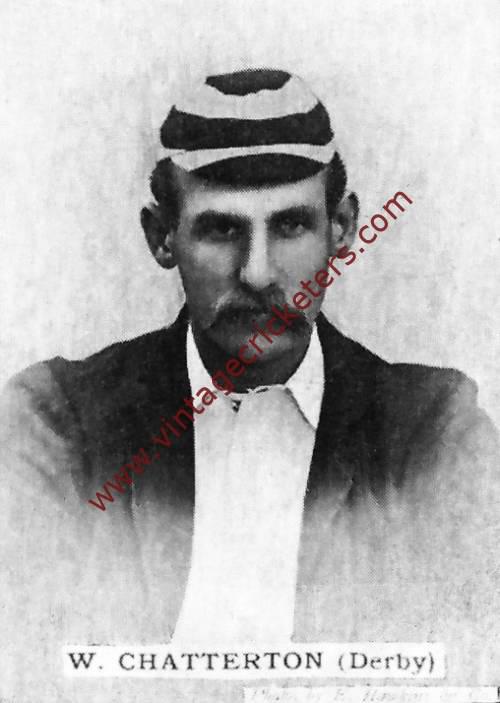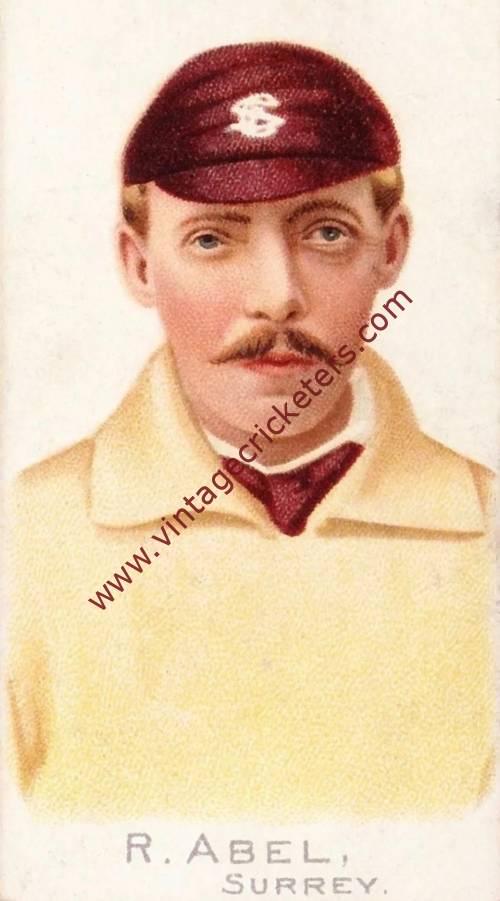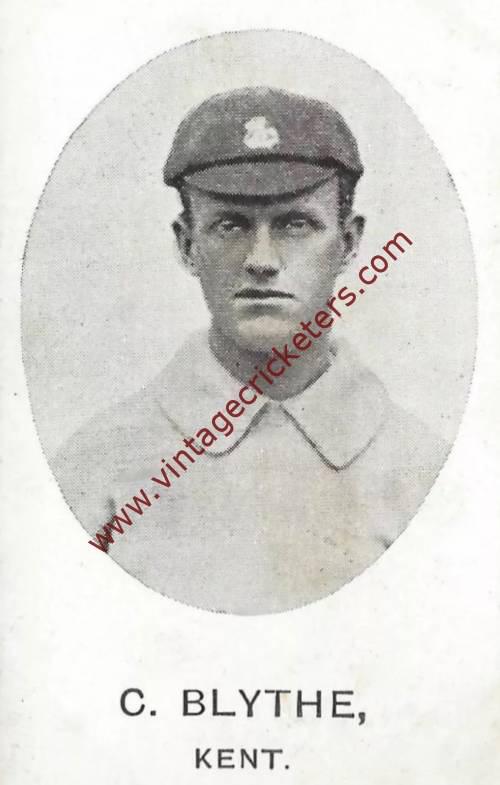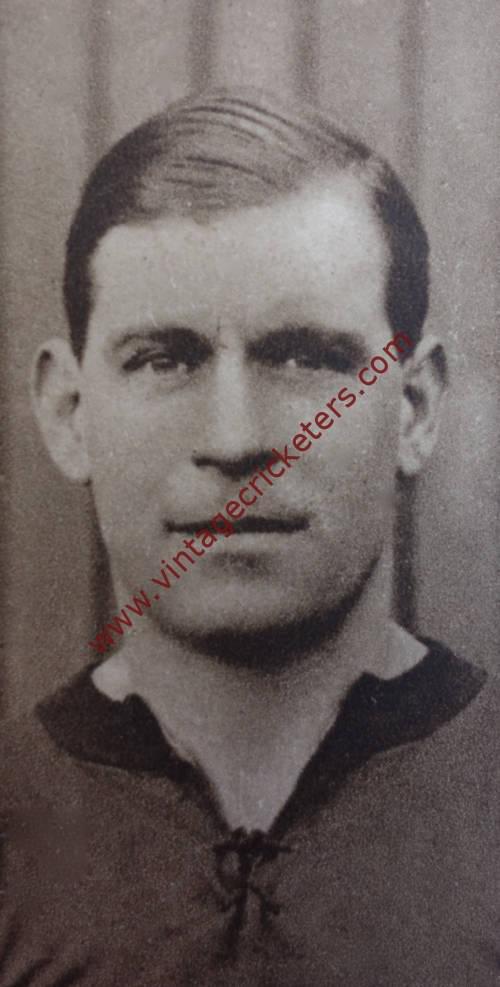Please choose your photo size from the drop down menu below.
If you wish your photo to be framed please select Yes.
Note: 16″x 20″not available in a frame.
Images can also be added to accessories. To order please follow these links
£8.95 – £49.95
Please choose your photo size from the drop down menu below.
If you wish your photo to be framed please select Yes.
Note: 16″x 20″not available in a frame.
Images can also be added to accessories. To order please follow these links
Burgess Hill, Sussex born all-rounder Vallance Jupp was one of the rare cricketers who began as a professional and later became an amateur. Spotted as a talent in schools cricket, he started with Sussex as a professional, making his County debut in 1909 and made steady progress. In 1914 he played an innings of 217 not out against Worcestershire at Worcester and averaged over 36 for the season. With 51 wickets, he headed the County bowling averages that year.
During the First World War Jupp enlisted in December 1914 and served with the Royal Engineers in France, Salonika and Palestine before being transferred to the R.A.F. On demobilisation in 1919 he appeared for Sussex as an amateur and quickly showed that the absence of four years from the game had not reduced his skill. In 1921 he scored 2,169 runs in first class matches and took 121 wickets.
At the end of the 1920 season he was invited to tour Australia with the M.C.C. but could not accept. Two years later he went to South Africa under the captaincy of Frank Mann. His 8 Test appearances were against Australia twice in 1921, making his Test debut at Trent Bridge that May, against South Africa, four times on the 1922-23 tour, and against West Indies, twice, in 1928.
At the end of 1921 he accepted the position of secretary with Northamptonshire and then qualified for the County, giving them valuable service as captain and player until he retired in 1939. By 1927 Jupp was, in Wisden’s opinion, the best all-round amateur in first class cricket at the time. Ironically, his best season as a bowler was the one after the one for which he was named a Wisden Cricketer of the Year – in 1928 he took 166 wickets at 20.15. He decided to give up the captaincy in 1931, having taken that course twice previously, only to be pressed back into service.
As a batsman, Jupp could vary his style to suit the occasion. He watched the ball with extreme care and was able to play a rigidly defensive game, but on true, fast pitches he scored with easy freedom, being strong in driving. Before the Great War and for a time afterwards he bowled slightly above medium pace, but later he turned to off-spin and few bowlers of his day were able to turn the ball to the same extent. Again, as a bowler, he showed himself adept at varying his methods, depending on the condition of the pitch. He was also a first class fielder, especially at cover. He enjoys the distinction of having, achieved the double feat of scoring 1,000 runs and taking 100 wickets in a season of first class cricket ten times, and along with Freddie Brown is one of the only two cricketers to have achieved that feat for two different Counties.
In his 529 match first class career he scored 23,296 runs for an average of 29.41 with 30 centuries and 120 half centuries and a high score of 217 not out, and he took 1,658 wickets for almost exactly 23 runs apiece, 28 of which were in Test matches, where his best of 4-37 came against The West Indies at Lord’s in June 1928. Ten times he achieved the double and in 1932 he took all ten wickets in an innings against Kent at Tunbridge Wells, returning 10-127, one of 18 times he took 10 wickets in a match. He took 5 wickets in an innings on 111 occasions. Jupp performed the hat-trick five times, three times for Sussex and twice for Northamptonshire. His best season with the ball was in 1928 when he took 166 wickets, average 20.15. He took 222 catches in his first class career.
Vintage Cricketers was founded in July 2019. There are more photographs of this cricketer in the Vintage Cricketers library, which are due to be loaded in due course. In the meantime, please send a message to us using the contact form at the bottom left of this page and we can arrange to prepare and publish all images of this cricketer if you have a particular interest in him.
| Weight | N/A |
|---|



